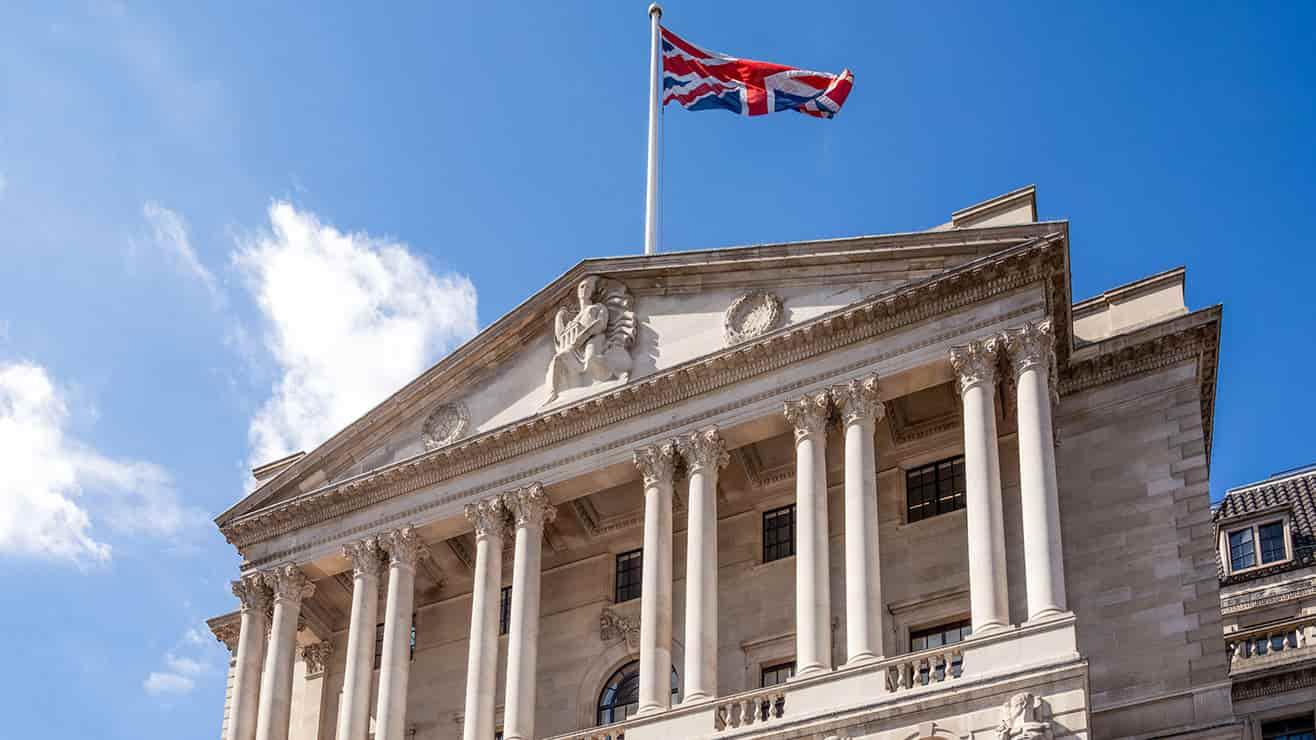
Uneven rate cuts
4 minute read
In this week’s article, we take a closer look at the decision-making of the world’s key central banks.
Amid signs that prolonged and stubborn inflation is finally cooling, the door is opening for interest rate cuts. But as we explore below, there isn’t a one-size-fits-all approach when it comes to monetary policy in 2024.
The United States
Given its influence in the global economy, let’s start with the US.
The broad consensus is that the US Federal Reserve (Fed) is likely to begin its cutting cycle in September. Confidence within the Fed is growing that progress on inflation warrants lower interest rates. Despite Chairman Powell remaining noncommittal, markets are currently pricing in a 95% chance September’s meeting will be the first time the Fed cuts interest rates this cycle.
Since the string of upside inflation surprises in Q1, US inflation has been undershooting expectations. While it remains above the Fed’s target – the latest US Core PCE was 2.6% year-on-year (y/y) – there are few (visible) upside risks. Notably, US labour market conditions are softening. The unemployment rate and jobless/continuing claims are ticking up, while quits and job openings have come down.
To be clear, no signals are flashing to prompt recessionary concerns yet. However, labour markets tend to deteriorate non-linearly and in a self-fulfilling fashion. It’s this dynamic that has caused the Fed to acknowledge the shift in the balance of risks towards further labour market weakening, rather than not making enough progress on containing inflation. The recent sharp rally in bond yields, particularly in shorter-term maturities, suggests that markets agree with this assessment.
Japan
Meanwhile in Japan, a different picture is emerging. The Bank of Japan (BoJ) has just hiked rates and has indicated that more hikes are potentially on the way.
In contrast to the Fed holding firm and positioning for an imminent cut, the BoJ raised interest rates by 15 basis points (bps) and announced it’s going to reduce the amount of bond purchases it makes. More rate hikes are expected later this year as economic conditions allow Japan to slowly remove the accommodative monetary policy that has been in place for years.
The Yen significantly appreciated in July, erasing a large chunk of its year-to-date losses. The main accelerant was further expectations of Fed easing, but the rally was extended by the Ministry of Finance in Japan opportunistically intervening in the FX market (i.e. buying Yen) in mid-July, following a softer-than-expected US CPI print. Against this backdrop, the BoJ’s decision to hike rates only added fuel to the fire.
Yen appreciation, particularly at this speed, spills over into broader financial markets. It’s often used as a funding currency for carry trades – whereby, investors buy higher yielding assets and sell lower yielding ones. The pace of this rally is unsustainable but does help to explain some of the broader de-risking we’ve seen in recent weeks.
United Kingdom
And last but not least, we look at the UK where there was of course a significant development from Threadneedle Street in the City of London.
For the first time in four years, the Bank of England (BoE) cut rates, opting for a 25bps trim in a close call. The Monetary Policy Committee (MPC) was split 5-4 with Governor Bailey’s vote tipping the balance in favour for those wanting to cut to 5%. He also noted that it was a “finely balanced” decision with no promises about the timing or magnitude of future rate cuts.
This underscores the notion that the battle against inflation is not yet over. But the balance of risks has sufficiently shifted to begin bringing policy rates down. As with the US and other Developed Market (DM) central banks, much hinges on how labour market conditions develop. While there is some softening there, the broader UK macro story has been upbeat over the last few months. Growth expectations are being revised higher, aided by solid manufacturing survey data, while Labour’s landslide victory in the UK election has provided some political clarity.
UK-sensitive assets have responded positively since. Sterling has moved higher and the more domestically oriented UK mid-caps are outperforming their internationally-geared large cap peers. Past performance is of course not predictive of future performance, but this is a theme we’re watching closely.
Investment conclusion
Inflation remains a thorn in the side of the global economy, but hopes are building that a corner has finally been turned. Should the Fed opt to trim its policy rate in September, it will confirm to many that the worst is over.
For central banks, the ongoing concern is that premature rate cuts could undo recent work in taming soaring price pressures. On the flip side, an unnecessarily delayed rate cut risks stifling an economy feeling the strain.
Crucially, the long-term case for diversified investing remains robust, even amid short-term uncertainty around the world. Investors and borrowers will certainly welcome future rate cuts.